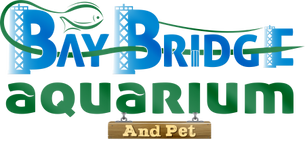
Pygmy Hatchet
Please contact us at info@baybridgeaquarium.com to confirm immediately availability. Livestock inventory is subject to change and prior sale. Fish shipments may take several days to fulfill.
Click Here to See Images
Carnegiella myersi
Pygmy Hatchetfish
Etymology
Carnegiella: erected in 1909 by C.H. Eigenmann for the type species C. strigata (which was at that time named Gasteropelecus strigatus); the name honours Miss Margaret Carnegie and was chosen to represent the gracefulness of these fish.
myersi: named in honour of Dr. George S. Meyers, the American ichthyologist who did considerable early work in this genus.
Classification
Order: Characiformes Family: Gasteropelecidae
Distribution
Peruvian Amazon basin; the type locality is a creek near Yurimaguas, Peru. A second population is known from Bolivia, which according to Gery (1977) is deeper bodied that the Peruvian Amazon population.
Habitat
Found in small, shaded and shallow woodland streams in the forest.
Maximum Standard Length
20 – 25 mm.
Aquarium SizeTOP ↑
An aquarium with a surface area measuring at least 50 ∗ 30 cm is required.
Maintenance
This species requires a well-matured aquarium with floating plants but providing some clear surface for swimming. Water movement should be minimal so the fish can easily remain motionless in still water. Lighting should not be bright. The top must be well covered; like all hatchetfish in the genus, this one will readily jump whether through play or interaction within the group, fright from other fish below, or if disturbed even by sliding the cover open for feeding.
Driftwood branches and dried leaf litter can also be added, the latter in particular driving establishment of microbe colonies as decomposition occurs.
Such micro-organisms can provide a valuable secondary food source for fry, whilst the tannins and other chemicals released by the decaying leaves are also thought beneficial.
Water Conditions
Temperature: 23 – 26 °C
pH: 4.0 – 7.0
